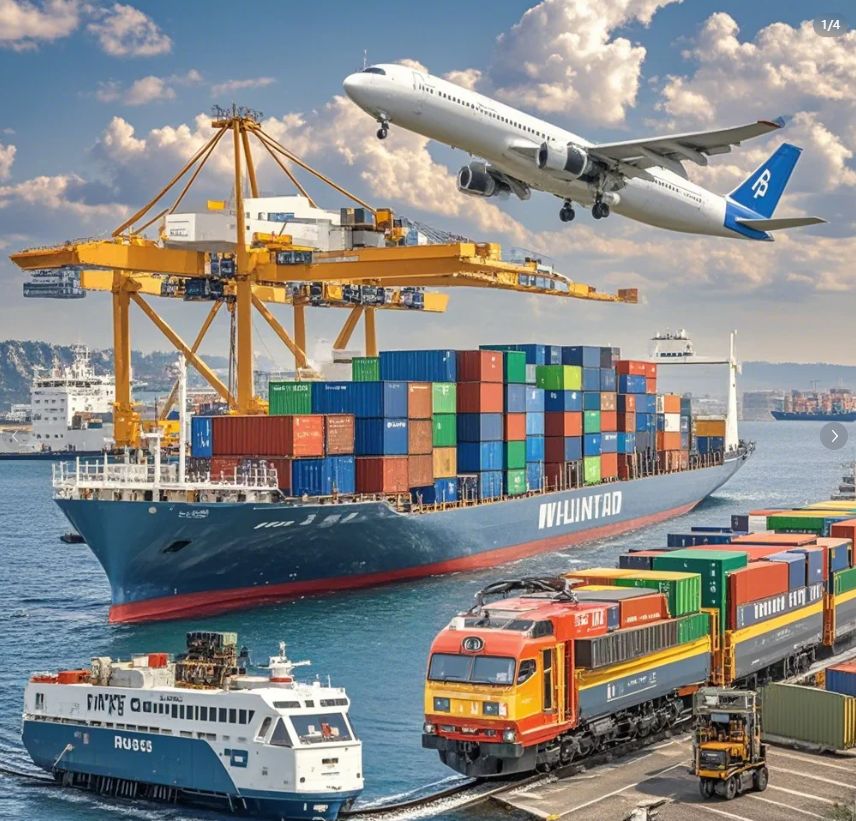House B/L vs. Master B/L vs. Back-to-Back B/L — What’s the Difference?
Release time:
2025-07-21
When it comes to shipping goods from China to the U.S., choosing the right Bill of Lading (B/L) is not just a documentation issue — it’s a key factor in controlling freight costs, delivery speed, and cargo ownership. In this article, we break down the three common types of B/Ls used in ocean freight forwarding: House B/L (HBL), Master B/L (MBL), and Back-to-Back B/L, and help you determine which one fits your logistics needs best.
1️⃣ What Is a House B/L (HBL)?
Also known as a forwarder's B/L or partial B/L, the House Bill of Lading is issued by the freight forwarder or NVOCC (Non-Vessel Operating Common Carrier) and has unique hybrid attributes.
🔍 Key Characteristics:
Shipper: Usually listed as the origin freight forwarder or their agent.
Consignee: The actual importer (or their designated party).
Control & Efficiency: Allows consignee to pick up cargo directly at the destination agent's office, often without additional charges or third-party intermediaries.
✅ Key Advantages:
Simplified delivery at destination port — no extra handoff or fees.
Flexible cooperation between origin and destination forwarders.
Cost-effective by eliminating unnecessary intermediaries.
Blends security and convenience, offering a balance between legal cargo control and efficient release.
📦 HBLs are especially common for near-sea routes and time-sensitive shipments.
2️⃣ What Is a Master B/L (MBL)?
The Master Bill of Lading is issued directly by the shipping line. The shipper books space directly with the carrier and receives the MBL as the legal document of the shipment.
🔍 Key Characteristics:
Strongest legal control over cargo rights.
Often used in high-value or direct-trade transactions.
Requires the consignee to present the original MBL (unless telex released) at the destination.
⚠️ Risk to Watch:
If the MBL is consigned to a named party, the cargo can be released directly to them — which might pose risks in unsecured transactions or under Letter of Credit (L/C) terms.
3️⃣ What Is a Back-to-Back B/L?
A Back-to-Back Bill of Lading is a special type of MBL issued under a Service Contract between a shipping line and a contract holder (typically a large shipper or freight forwarder). It displays a dual-shipper structure.
🔍 Key Characteristics:
Visible shipper: Actual exporter.
Hidden contract party: The NVOCC or freight forwarder who holds the discounted contract rate.
Noted on the B/L: “Shipped under Contract No. XXX”.
⚠️ Important Considerations:
While the actual shipper owns the cargo, if the contract holder fails to pay the ocean freight, the shipping line may pursue the actual shipper for the unpaid fees.
🧠 Which B/L Should You Choose?
Choosing the correct type of B/L depends on a variety of factors:
| Factor | Considerations |
|---|---|
| Incoterms (FOB, CIF, etc.) | Who arranges the shipment and bears the risk? |
| Payment method (L/C, T/T) | Does the bank require an original B/L? |
| Destination port procedures | Does the port support telex release or require paper originals? |
| Cargo value and risk appetite | How sensitive is the shipment to control and security risks? |
🚀 Passionship Logistics Advice
As a professional China–U.S. freight forwarder, Passionship Logistics helps you navigate the B/L maze:
Need tighter cargo control? Go with a Master B/L.
Want flexible delivery and lower costs? Consider a House B/L.
Shipping under a contracted rate? Make sure to fully understand the Back-to-Back B/L implications.
We help you not only book your cargo, but also secure your interests across borders.
📞 Have questions about your shipment documents?
Let our team assist you with choosing the best B/L strategy for your next China-to-USA shipment.
👉 Contact Us Today
RELATED BLOG
Understanding Door-to-Door Sea Shipping from China to the USA: A Comprehensive Guide
Door-to-door sea shipping from China to the USA is a logistics service that entails transferring goods from a seller's location directly to the buyer's specified destination. This method is especially advantageous for businesses looking to import large quantities of products due to its cost-effectiveness and ability to handle bulky items. The door-to-door sea shipping process generally consists of
View Details









